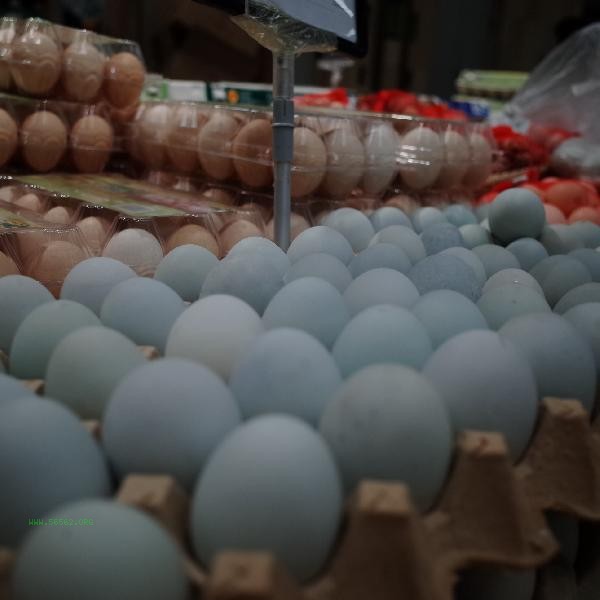The key to avoiding damage during egg transportation is to use cushioning packaging, control temperature and humidity, reduce vibration, standardize loading and unloading, and choose suitable transportation vehicles. The main methods include filling with shock-absorbing materials, maintaining a constant temperature environment, avoiding severe shaking, handling with care, and using specialized egg tray containers.

1. Use shockproof materials to fill
Before transporting eggs, wrap each egg with cushioning materials such as foam net sleeve, paper scraps or bubble film to fill the gap in the box. Shockproof materials can absorb the impact force during transportation and reduce collisions between eggs. It is recommended to place the inside of the cardboard box in layers, with corrugated cardboard separating each layer of eggs to avoid compression between the upper and lower layers. Choose a filling material with moderate elasticity. If it is too soft, it may not provide sufficient support, while if it is too hard, it may directly transmit vibration.
2. Maintain a constant temperature environment
Severe temperature changes can cause condensation of water vapor on the surface of eggshells, reducing their strength. During summer transportation, direct sunlight should be avoided, and during winter, low temperature freezing and cracking should be prevented. It is advisable to control the temperature between 4-8 degrees Celsius during refrigerated truck transportation, and avoid exceeding 25 degrees Celsius in ordinary transportation environments. Maintaining a humidity of 60% -70% can prevent eggshells from becoming dehydrated and brittle, while high humidity can easily breed mold. It is recommended to use temperature controlled vehicles for long-distance transportation, and add insulation layers for short distance transportation.
3. Avoid severe bumps
Transport vehicles should choose flat routes and avoid bumpy roads. The vehicle needs to be equipped with shock absorbers, and the egg box should be fixed in the middle of the carriage during loading, away from vibration sources such as the engine and doors. When shipping by sea, the egg box should be placed at the center of gravity of the ship to reduce the impact of wind and waves. Special attention should be paid to the pressure changes during takeoff and landing in air transportation, and pressurized cargo holds can be used. Priority should be given to direct trains in railway transportation to reduce the vibration caused by grouping operations.

4. Handle with care
The loading and unloading process must be operated by a dedicated person, and throwing or rolling the egg box is prohibited. Keep the egg crate level during transportation, with a tilt angle not exceeding 30 degrees. The stacking height should not exceed 5 layers, and the bottom layer should be placed on a flat pallet. When using a forklift for work, it is necessary to lift and lower slowly to avoid sudden braking. When unpacking in the retail process, it is necessary to use the boxes layer by layer and do not invert the boxes. Educate all personnel involved in handling eggs about their fragile nature and establish standardized operating procedures.
5. Using a dedicated egg tray container
professional egg trays are molded from PP plastic or recycled pulp, with each groove accurately matching the shape of the egg. The egg tray is designed with ventilation holes and anti slip patterns, and is fixed with buckles when stacked in multiple layers. Recyclable plastic egg trays have high strength and can withstand multiple loading and unloading. Disposable pulp egg trays are environmentally friendly and biodegradable, suitable for short distance transportation. Specially designed foldable egg cartons can save empty container return space and reduce logistics costs. Some high-end egg trays also integrate temperature and humidity monitoring labels.

For daily transportation of eggs, priority should be given to specialized egg boxes with shock-absorbing design. Before transportation, check each egg for any hidden cracks. It is recommended to purchase transportation insurance for bulk transportation, and consider packaging valuable items separately. A small amount of old newspapers can be wrapped in a hard plastic box for family use, and the gaps inside the box should be filled with towels. Regardless of the method used, the egg should be left to stand for 2 hours after transportation before opening the box to restore stability to the egg chamber. Damaged eggs should be immediately isolated to prevent contamination of other intact eggs.








Comments (0)
Leave a Comment
No comments yet
Be the first to share your thoughts!